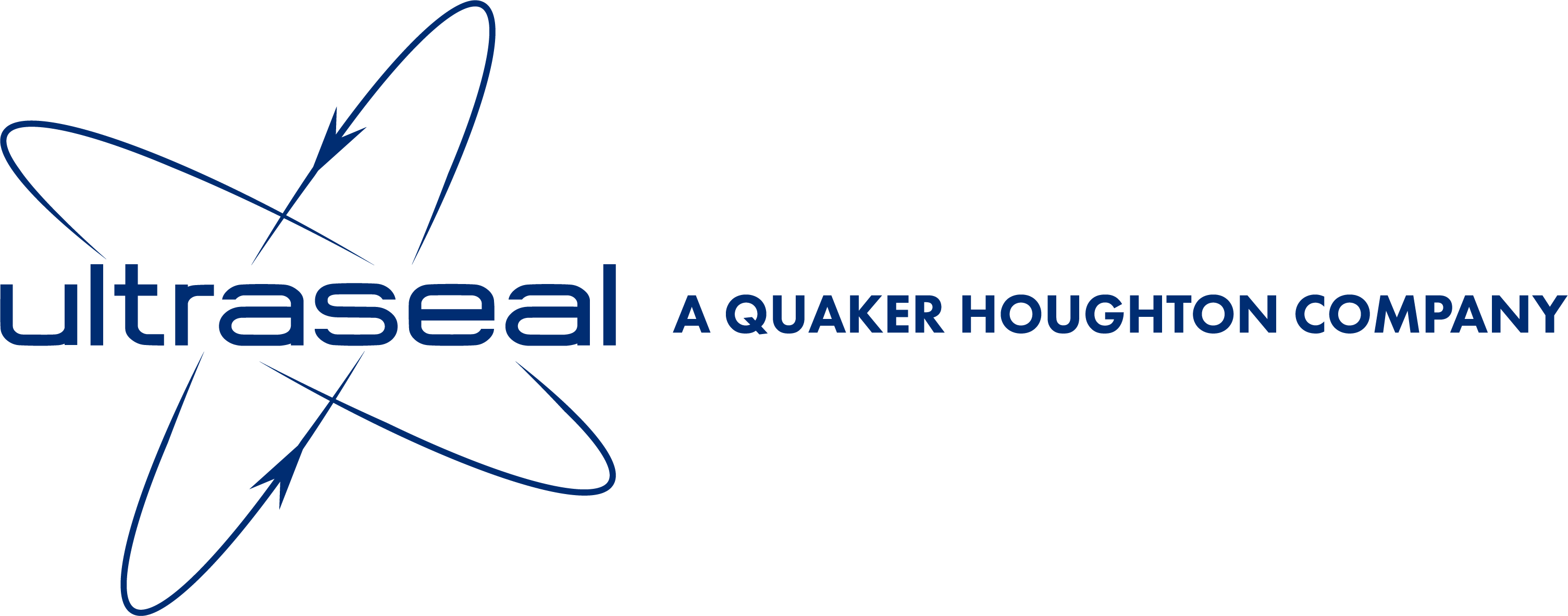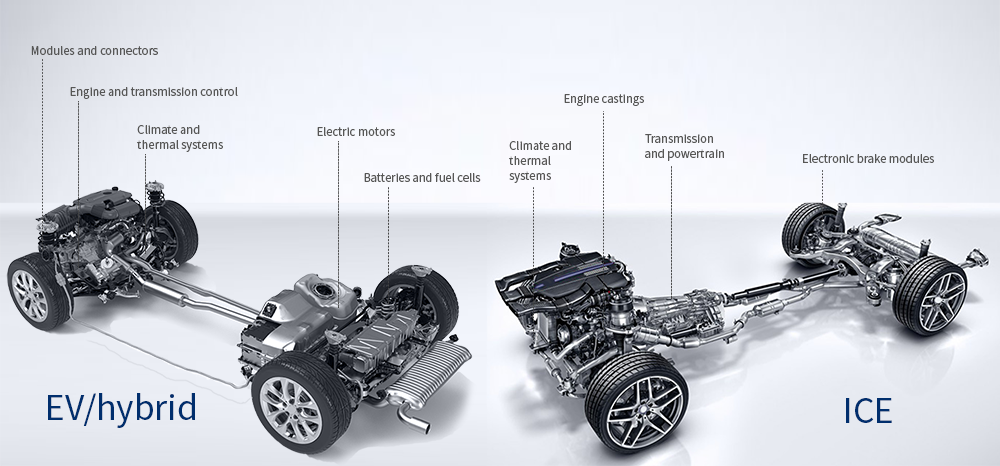The component is put in a vacuum impregnation system, air is removed from the voids (known as porosity) under vacuum. Leak paths and porosity in the component are then filled with a chemically and thermally resistant polymer sealant. Excess sealant is then drained and washed from the component and the sealant within the porosity is then cured to provide a permanent seal…
1. Impregnation.
Components are subjected to a dry vacuum in an autoclave, removing the air from the porosity. The components are then immersed in liquid sealant and the vacuum is released, filling the voids with the sealant.
2. Drain.
3. Cold Wash.
Next, a cold wash removes excess sealant from external component surfaces.
4. Hot Cure.
Finally, a hot cure cycle is used which polymerises the sealant, turning it from a liquid state to a solid polymer.
To find out more about the impregnation process and watch our video in which each stage of the process is detailed, visit our vacuum impregnation process explained page.

First, components are subjected to a dry vacuum in an autoclave, removing the air from the porosity. The components are then immersed in liquid sealant and the vacuum is released, filling the voids with the sealant. Next, a cold wash removes excess sealant from external component surfaces. Finally, a hot cure cycle is used which polymerises the sealant, turning it from a liquid state to a solid polymer.
To find out more about the impregnation process and watch our video in which each stage of the process is detailed, visit our vacuum impregnation process explained page.










